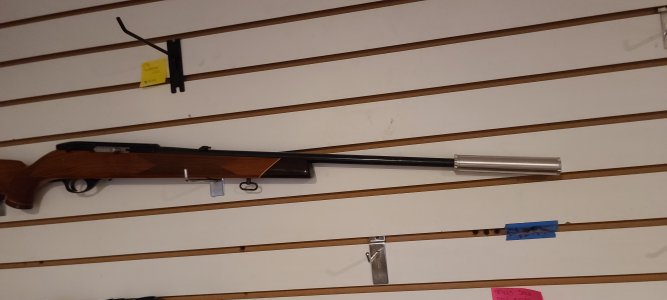So, I have noticed that my leadscrew has some backlash / freeplay in it. With an indicator on the ways, up against the carriage, with halfnuts engaged, moving the carriage handwheel will read about 20thou of free play in the leadscrew.
I have to assume this is not helping my threads at all, and am looking at how to fix this. The drive socket that comes out of the headstock, which the leadscrew attaches to via a roll pin, will visibly move in and out, so I am sure that at least some of this free play is there, and not necesarily worn halfnuts.
A friend of mine has suggested making a thrust bearing for the tailstock end of the leadscrew to remove that freeplay, but I am curious if anyone else has had this issue and how they resolved it.
Thanks!
Onyx
I have to assume this is not helping my threads at all, and am looking at how to fix this. The drive socket that comes out of the headstock, which the leadscrew attaches to via a roll pin, will visibly move in and out, so I am sure that at least some of this free play is there, and not necesarily worn halfnuts.
A friend of mine has suggested making a thrust bearing for the tailstock end of the leadscrew to remove that freeplay, but I am curious if anyone else has had this issue and how they resolved it.
Thanks!
Onyx


